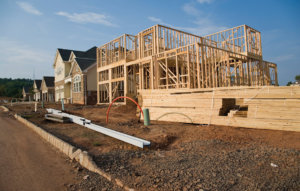
After all the bad press Detroit has received in the last few years, it’s nice to see that the city continues to inspire architects. For Jim Garrett of Redford, Michigan, it has motivated him to pull out his childhood LEGO sets and spend months faithfully recreating scale models of his favorite Detroit buildings.
“Twelve of those buildings are replicas of real Detroit structures, including the Detroit Institute of Arts, the Detroit Public Library in Midtown and the Fisher Building in New Center. Most of his downtown Detroit buildings are on view at The Henry Ford this month. Even the old red sandstone Union Depot, which stood at the corner of Fort and Third until it was demolished in 1974, is on display.”
The 51-year-old Garrett has been known to clear out LEGO sections in toy stores whenever they go on clearance, but these days it’s easier to find what he needs on the internet. For these kinds of detailed projects, he suggests the site bricklink.com, “sells specialized pieces like arched windows in bulk.”
When constructing Detroit’s tallest Art Deco skyscraper, The Penobscot building, Garrett was relieved to find “LEGO made some grooved bricks that perfectly matched the detail on the actual building.”
“I bought almost the entire world’s supply at the time,” he said.
“It took eight months to erect the Penobscot’s 47 stories. The model is 9.5 feet to the roof and 11 feet to the tip of the red ball at the pinnacle.”
Donna Terek penned the original article for the Detroit News, and it includes a video of the exhibit which is worth a watch.
As Garrett wholeheartedly admits, “It’s my hope that people who aren’t familiar with Detroit will realize there’s more to Detroit than crime stories and bankruptcy. I’d like to think it will help them get an appreciation of Detroit’s architecture.”








